Artificial Intelligence (AI) has made incredible strides in recent years, transforming many aspects of our lives and industries. Two of the most influential types of AI are Generative AI and Predictive AI, each with its distinct role in this transformation. But which one holds the key to shaping our future? In this blog, we’ll dive into what makes these technologies unique, how they differ, where they’re being used today, and what the future might look like with them. By the end, you will have a clearer picture of the impacts of these powerful AI tools in the world around us.
What is Generative AI?

Recommended Reading: Generative AI in Healthcare: Bridging the Gap Between Data and Diagnosis
Generative AI is a type of artificial intelligence that learns from existing data and uses that knowledge to create new content. This could be anything from writing a piece of text, generating an image, or even designing a 3D model. What sets it apart is its unique ability to not just replicate what it has seen before, but to take what it has learned from the data and produce original content that’s unique but often has the feel or characteristics of the information it’s trained on.
Technologies like Generative Adversarial Networks (GANs) and Variational Autoencoders (VAEs) are the backbone of this AI category. GANs, in particular, involve two neural networks—a generator and a discriminator—working together. The generator creates new content, while the discriminator evaluates how closely the generated content matches real-world data, pushing the system to improve.
Examples of Generative AI in Action:
- Content Creation: Generative AI tools like ChatGPT for text and DALL-E for images make content creation easy. Users provide prompts, and these tools quickly generate essays, stories, code, or visuals. By analyzing vast data, they simplify and speed up content creation, making it accessible for artists, marketers, and businesses to create personalized, creative outputs.
- Product Design: Generative AI is transforming product design by suggesting innovative forms and materials. It helps industries like automotive create lighter, efficient components and allows architects to explore unique, space-saving designs.
- Healthcare: Generative AI in healthcare is speeding up drug discovery by generating new molecular structures, helping scientists find potential medications faster. This leads to quicker development of treatments and improved patient care.
Generative AI in Healthcare: Insilico Medicine’s Breakthrough in Drug Discovery
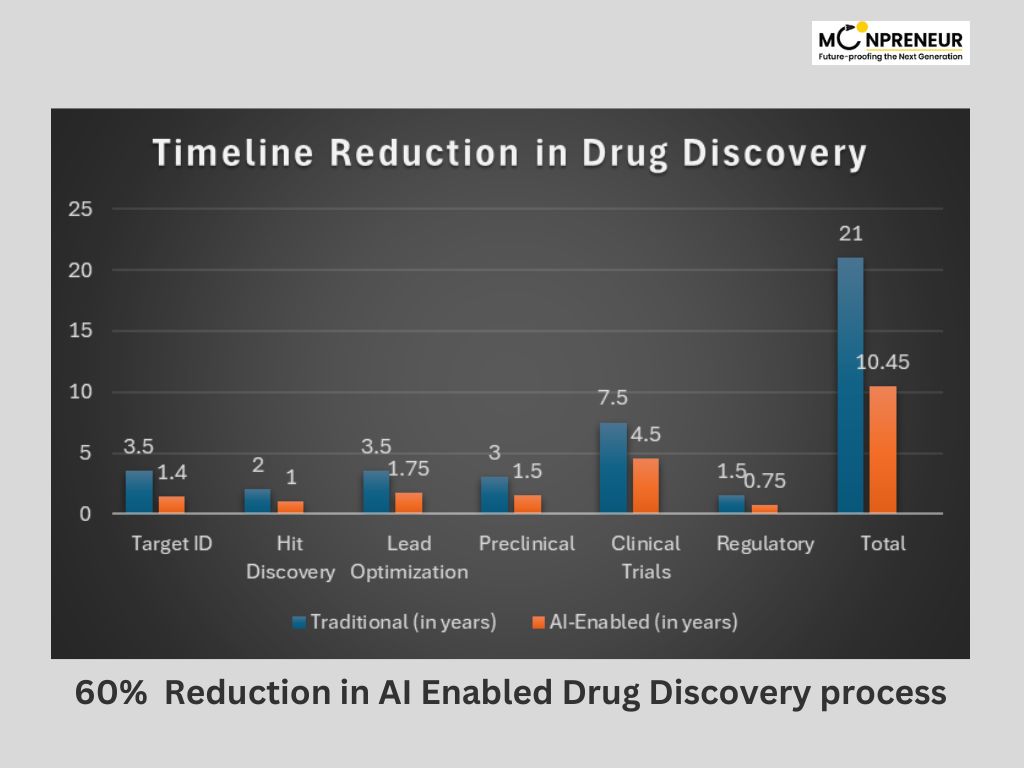
Insilico Medicine: A biotech company, Insilico, is at the forefront of leveraging generative AI to revolutionize the drug discovery process. It uses generative AI to discover new drug compounds. In a real-world case, Insilico’s AI designed a new drug compound for fibrosis, and in just 46 days, they identified a promising drug candidate, which is now undergoing further research and development.
Key Achievements
- Speeding Up Drug Discovery: Insilico Medicine demonstrated its capabilities by generating a new drug candidate for treating fibrosis in just 46 days. This is a remarkable reduction in time compared to traditional methods, which can take years.
- Innovative Technology: The company’s platform utilizes generative adversarial networks (GANs) and deep learning to create novel molecular designs. By analyzing vast datasets, the AI learns the patterns and characteristics of successful drug compounds, allowing it to propose original structures that could be viable for clinical development
- Real-World Application: The drug candidate developed by Insilico was not only created rapidly but also entered preclinical testing, showcasing the practical implications of using AI in drug discovery. This indicates that AI-generated molecules can lead to effective treatments, potentially changing how pharmaceutical companies approach research and development
- Impact on the Industry: The success of Insilico Medicine highlights the potential for generative AI to not only speed up the drug discovery process but also enhance the creativity and efficiency involved in designing new therapeutics. As AI technologies continue to evolve, they could significantly lower the costs and risks associated with drug development, ultimately leading to faster access to new medications for patients.
| Gartner’s forecast explains that the global AI market is expected to grow by 21% annually, with a projected value of $190 billion by 2025. Learn more |
What is Predictive AI?
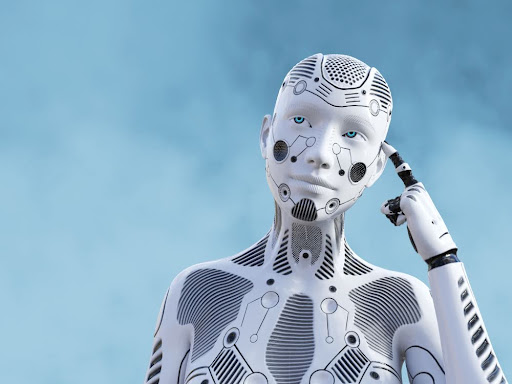
Predictive AI analyzes past data to forecast future events by identifying patterns. It powers everyday services like Netflix recommendations and fraud detection in banking, using machine learning methods to uncover future behaviors and risks.
Examples of Predictive AI in Action:
- Healthcare: In healthcare, predictive AI is revolutionizing patient care by forecasting disease outbreaks, enabling early diagnosis, and facilitating personalized treatment planning. By analyzing vast amounts of medical data, AI systems can identify patterns that indicate potential health issues before they escalate.
- Retail: Predictive AI plays a crucial role in retail by analyzing consumer behavior to deliver personalized product recommendations. It looks at past purchases, browsing habits, and demographic data to suggest items customers are likely to buy, enhancing their shopping experience.
- Finance: Predictive AI detects fraud, forecasts stock market trends, and manages financial risks. It analyzes historical data to identify suspicious activity in real time, predict market movements, and assess future risks, enabling financial institutions to make more informed decisions and enhance security.
Predictive AI in Finance: Fraud Detection at JP Morgan Chase
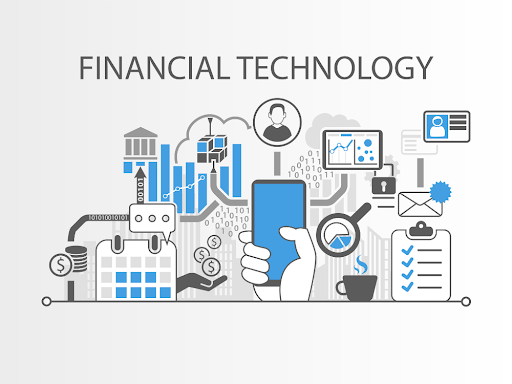
JP Morgan Chase: JP Morgan Chase, one of the largest financial institutions in the world, has leveraged predictive AI technology to enhance its fraud detection systems. By analyzing large datasets and recognizing patterns in transaction behaviors, predictive AI helps the bank quickly flag suspicious activities, significantly reducing fraud across their platforms.
Key Achievements
- Real-Time Fraud Detection: The implementation of predictive AI allows JP Morgan to analyze thousands of transactions in real-time, identifying potentially fraudulent transactions instantly, reducing response time dramatically.
- 75% Fraud Loss Reduction: Predictive AI has been instrumental in decreasing fraud losses by up to 75%. This achievement reflects the technology’s accuracy in detecting high-risk transactions before they lead to significant financial damage.
- Improved Customer Security: By employing predictive models, JP Morgan Chase has strengthened customer security, minimizing false positives and allowing for smoother transactions while ensuring high protection against fraud.
This case highlights the transformative power of predictive AI in financial security, offering both operational efficiency and enhanced trust for customers.
| McKinsey highlights that 45% of healthcare companies plan to invest in predictive AI, while 35% are focusing on generative AI for drug discovery and medical imaging. Learn more |
Key Differences Between Generative AI and Predictive AI
| Aspect | Generative AI | Predictive AI |
|---|---|---|
| Goal | Create new content or solutions. | Forecast future events or trends. |
| Core Techniques | GANs, VAEs, diffusion models. | Regression, classification, machine learning. |
| Use Cases | Creative industries, content creation, drug design. | Forecasting, risk management, personalized recommendations. |
| Metrics | Creativity, novelty. | Accuracy, precision. |
While generative AI is about innovation and creating from scratch, predictive AI is focused on making data-driven decisions. The key difference is their end goal: one generates new outputs, and the other predicts possible outcomes.
Applications of Generative AI and Predictive AI
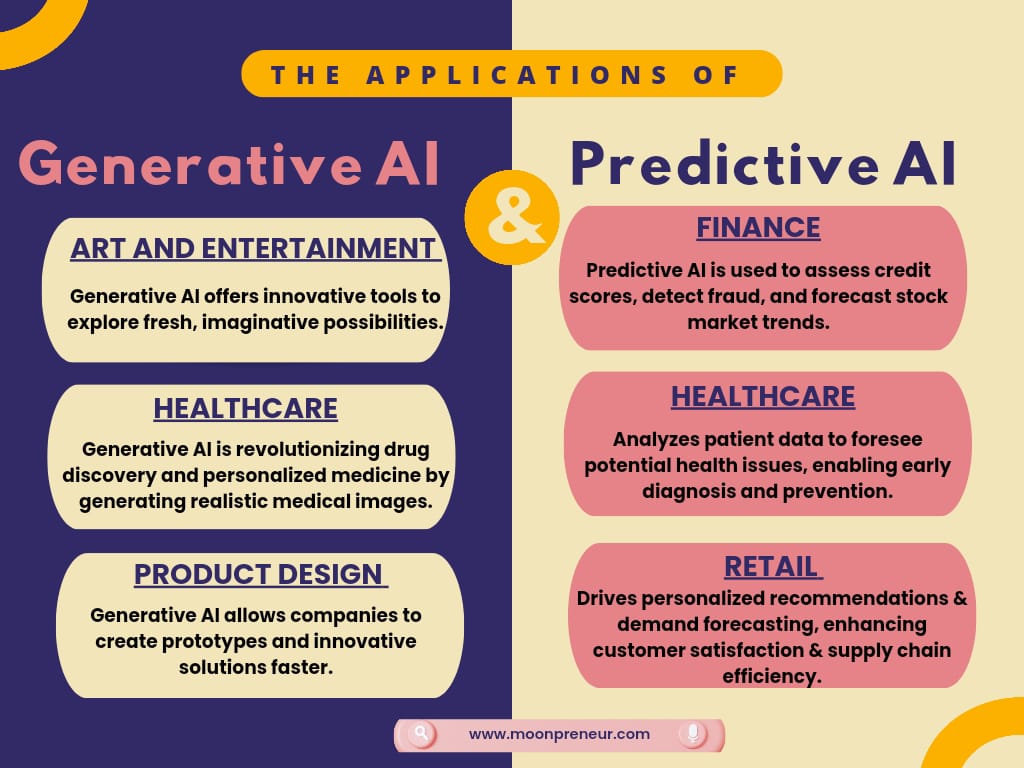
Future Trends: Convergence of Generative and Predictive AI
The real potential lies in combining predictive AI and generative AI. Predictive AI can forecast trends or behaviors, while generative AI uses that data to create tailored content or products. For example, predictive AI could analyze consumer preferences, and generative AI can design personalized ads or treatments in healthcare based on those insights, transforming industries like marketing and healthcare.
- Growth Prediction: Gartner estimates that the global AI market will grow by 21% annually, reaching $190 billion by 2025. This prediction highlights the increasing adoption of AI across industries such as healthcare, finance, and retail.
- Key Drivers: The growth is driven by advancements in both generative AI (content creation, automation) and predictive AI (forecasting, risk management).
- Focus Areas: Industries like healthcare are particularly adopting predictive AI for diagnosing diseases early and personalizing patient treatment, while generative AI is being used for drug discovery and personalized content creation.
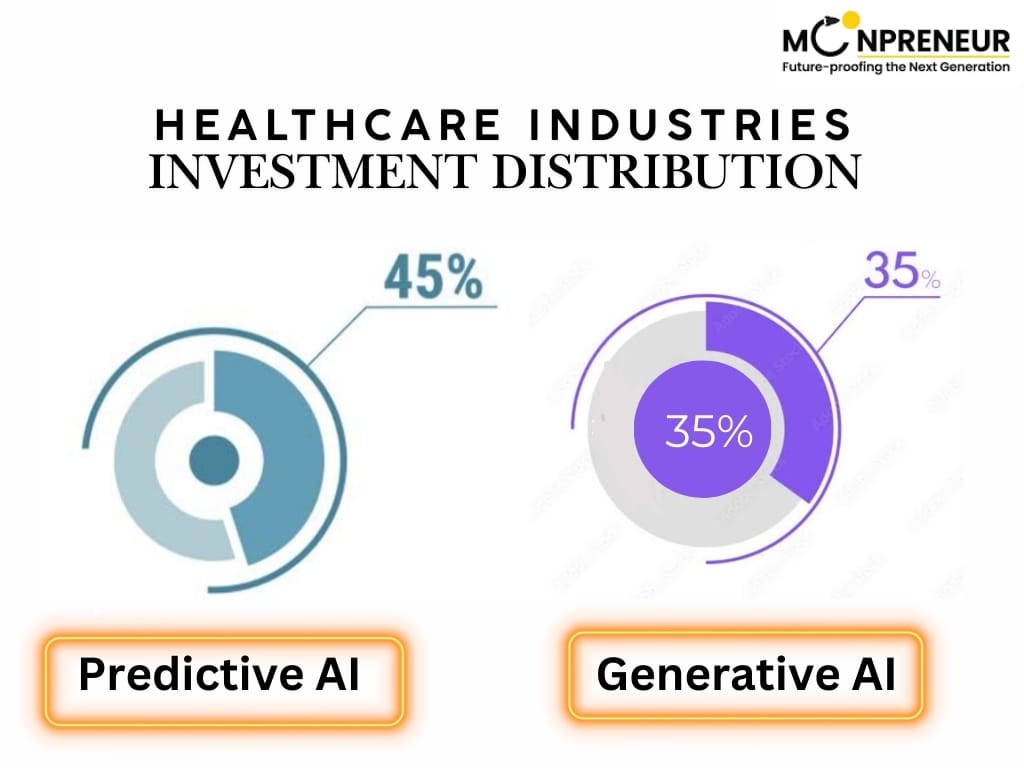
- Healthcare: According to McKinsey, 45% of healthcare companies are investing in predictive AI for early diagnosis, while 35% are focusing on generative AI, particularly for drug discovery and generating realistic medical images.
- Marketing: In marketing, predictive AI is helping businesses analyze consumer behavior and forecast trends, improving customer experiences. Generative AI automated content creation, leading to more targeted ads and campaigns that engage users more effectively.
- Impact: McKinsey’s research suggests that the combination of predictive and generative AI is creating new possibilities for innovation, personalization, and efficiency in these sectors, with notable improvements in operational outcomes and user engagement.
Challenges and Ethical Considerations

As AI technologies evolve, both generative and predictive AI face critical challenges. These challenges not only affect AI development but also their ethical implications and practical applications. Addressing these obstacles is essential for responsible innovation and effective application across industries.
Generative AI Challenges
- Bias: Generative AI can inherit biases from the data it’s trained on. If the data contains prejudices, such as gender or racial bias, the AI may unintentionally reproduce these in its outputs.
- Misinformation: Misinformation is a growing concern, especially with the rise of deep fakes and AI-generated content. It can easily mislead and distort public perception.
- Intellectual Property: A significant challenge of generative AI lies in determining ownership of AI-generated content. The question of who owns content is a complex and evolving issue in both legal and creative fields.
Predictive AI Challenges
- Bias in Data: Predictive AI relies heavily on the quality of its training data. If the data contains biases—such as historical prejudices or skewed representations—the AI can produce discriminatory results.
- Privacy Concerns: Predictive AI relies on large datasets to make forecasts, which raises significant privacy concerns. The collection and analysis of personal information can lead to unauthorized access and data breaches, putting individuals at risk.
- Job Displacement: As predictive AI takes over specific tasks through automation, there is a risk of job displacement in various sectors.
Conclusion: Which Technology Will Shape the Future?
Generative AI and Predictive AI are both game-changers in technology, each bringing unique benefits. Predictive AI helps make better decisions by analyzing data to predict future trends, while generative AI fuels creativity, producing new ideas or content. The future of AI will likely be a blend of both, where predictive AI anticipates needs, and generative AI creates solutions to meet those needs. Together, they can drive innovation, boost efficiency, and make personalized experiences more common across industries. It’s about how these technologies work together to make our world more adaptable and responsive.
Moonpreneur is on a mission to disrupt traditional education and future-proof the next generation with holistic learning solutions. Its Innovator Program is building tomorrow’s workforce by training students in AI/ML, Robotics, Coding, IoT, and Apps, enabling entrepreneurship through experiential learning.
























The distinctions here raise a good question about real-world applications. In cases where both predictive and generative AI can be applied, how do organizations typically decide which to prioritize? I wonder if there’s a guiding principle for choosing one approach over the other.
Great question! Organizations typically prioritize predictive or generative AI based on their specific goals and the type of data they have. Predictive AI is favored when the goal is to make data-driven forecasts or optimize existing processes, relying heavily on historical data patterns. Generative AI, on the other hand, is prioritized when the goal is to create new content, designs, or scenarios, especially in fields like marketing, design, and content generation. A guiding principle is to assess whether the primary need is to “predict” based on existing trends or to “create” something new and unique from existing data. Do you want more insights regarding this?
It’s fascinating to see how generative and predictive AI are shaping industries differently. With my son venturing into machine learning, I’ve seen how predictive models can offer a logical path for beginners, while generative AI’s creative potential can be very engaging but complex to grasp. The blend of these two AI forms might be where many future innovations lie.